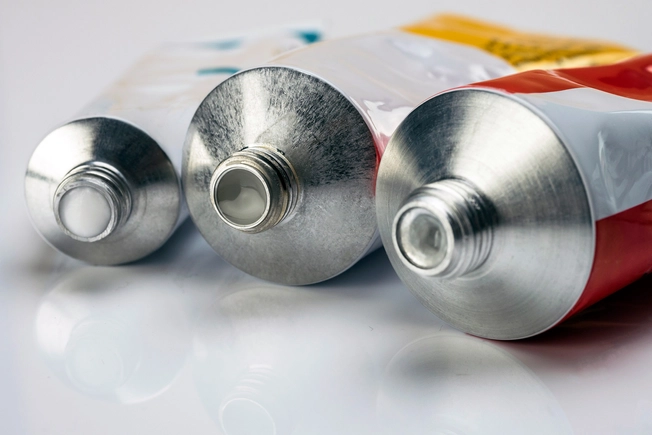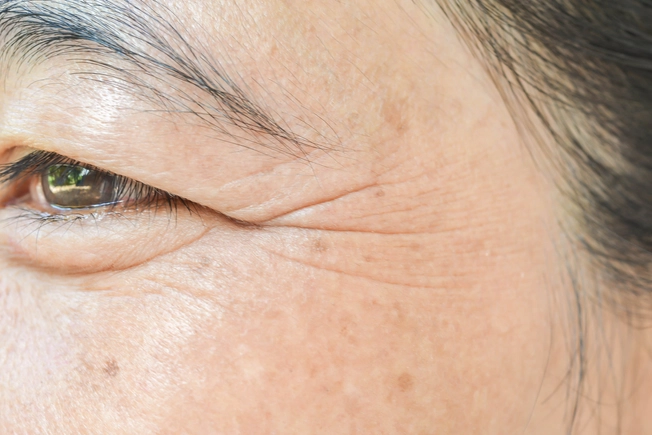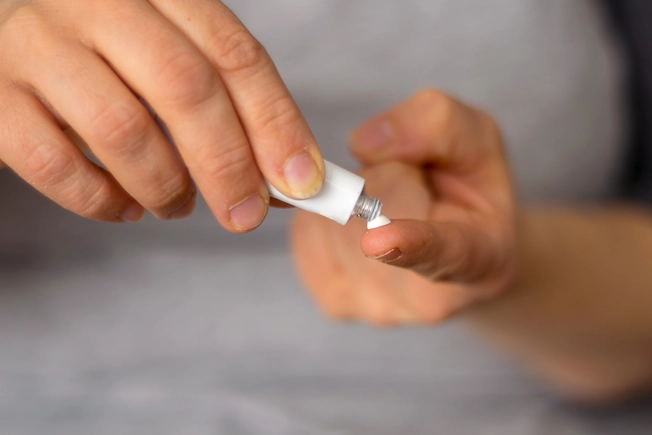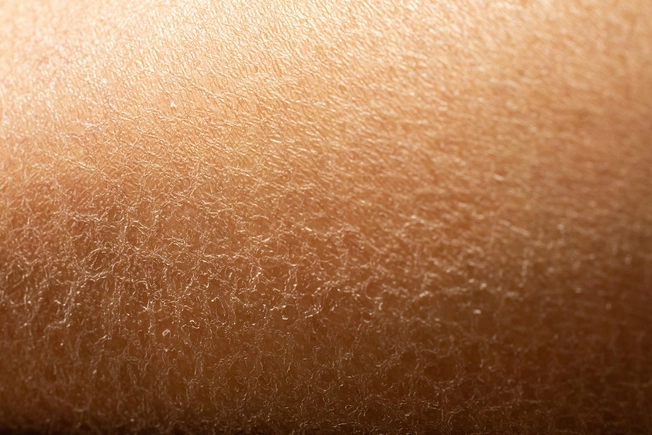Retinoids: Anti-Aging Benefits


What Are Retinoids?
Retinoids are one of the most popular ways to help skin look younger. They come from vitamin A and have been around since the early 1970s. Retinoids were first prescribed to treat acne. Now they’re used to fight aging skin, psoriasis, and other skin conditions. They come in many forms.

How Retinoids Work
Retinoids don’t just peel away the top layer of your skin cells like an extra strong loofah. They trigger your body to make more collagen, a protein in your skin, muscles, and bones. It’s what keeps your skin elastic and firm. This means fewer wrinkles.

Natural vs. Synthetic
There are natural and synthetic retinoids. Natural retinoids come directly from vitamin A. Synthetic retinoids are man-made. Both trigger receptors in your skin. But synthetic retinoids don’t trigger as many, so they tend to be less irritating. That also means they may not work as well.

Types of Retinoids
Retinoids come in cream, gel, and liquid forms. Gels are usually stronger than creams, foams, and liquids, and are typically prescribed for acne. Creams are usually a good choice for aging skin. Retinoids come in different strengths, including 0.025%, 0.05%, and 0.1%. Stronger formulas work better but can cause more side effects.

Retinoids for Wrinkles
Because retinoids help your skin make more collagen, they soften wrinkles and fine lines. They also stimulate new blood vessels, which can give your skin a rosy color. Retinoids also help fade age spots and smooth rough patches. Tretinoin (Retin-A) is a popular prescription choice for aging skin.

Prescription or Over-the-Counter?
You can buy some retinoids, like adapalene (Differin), at the store. But you need a prescription for stronger ones like tretinoin (Retin-A). You can also get retinols at the store, which your body then changes to retinoids. They’re not as strong, so they’re less likely to make your skin red or itchy. And they take longer to work.

How to Use Retinoids
At night, put a small amount (about the size of a pea) on your entire face and rub it in. Using more than that can cause itching, redness, or drying.

Don’t Wear Them During the Day
Retinoids break down in the sun. That’s why you should put them on at night before you go to bed. They don’t raise your risk of getting sunburn. But it’s smart to always use sunscreen -- whether you’re using retinoids or not.

Side Effects
It’s normal for retinoids to cause dry skin, redness, itching, or flaking. But that usually goes away after a while. Your doctor might tell you to use them every other night or just once a week at first until you can use them every night. If you keep having problems, stop and talk to your doctor.

Are Retinoids Safe?
Other than possible short-term side effects, retinoids are safe for most people. But retinoids haven’t been tested on pregnant women. So you should not use them during your pregnancy or while you breastfeed.

It Takes Time
Don’t expect quick results when you start using retinoids. It can take 3 months before you see changes in your wrinkles or fine lines. The best results can take as long as 6 months to a year. It’s important to be patient. Talk to your doctor if you have any questions.
